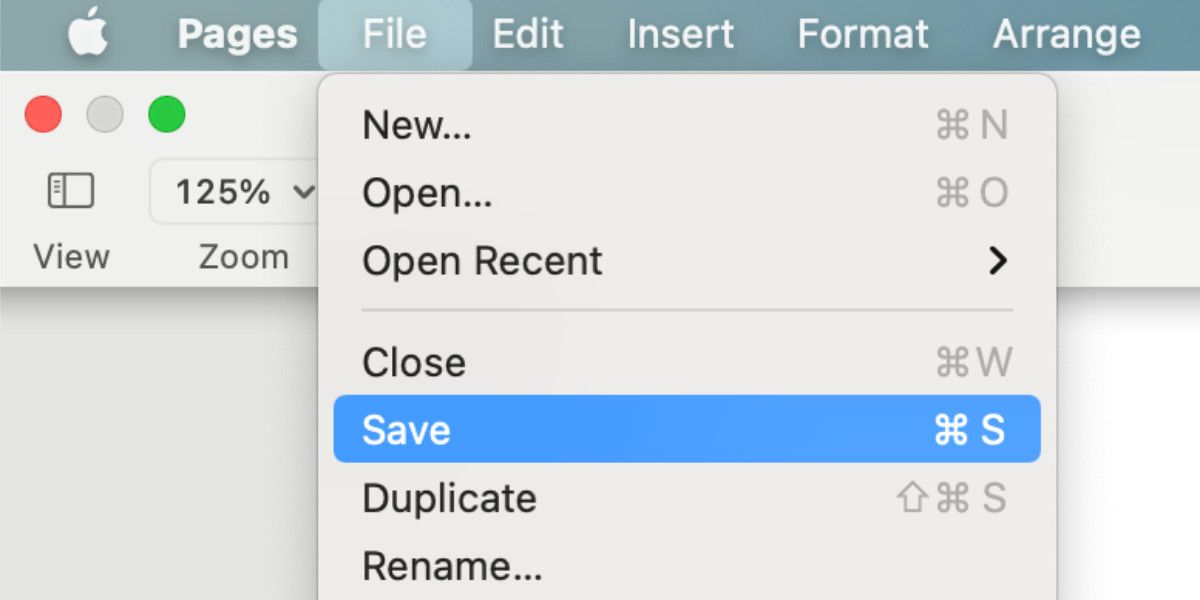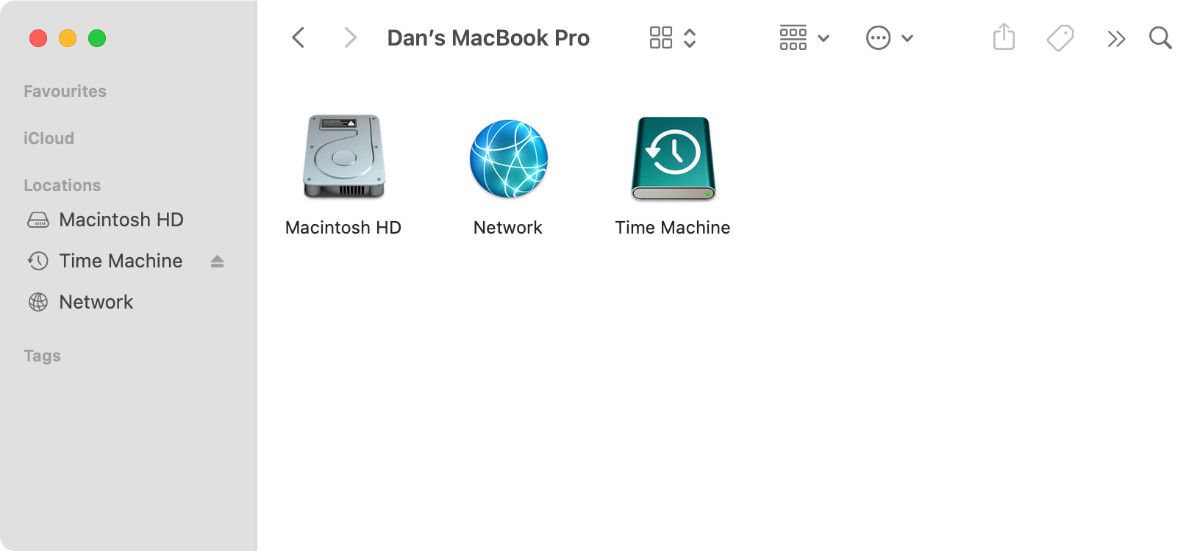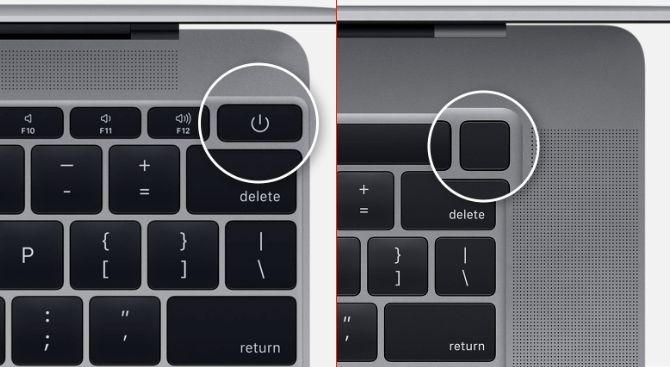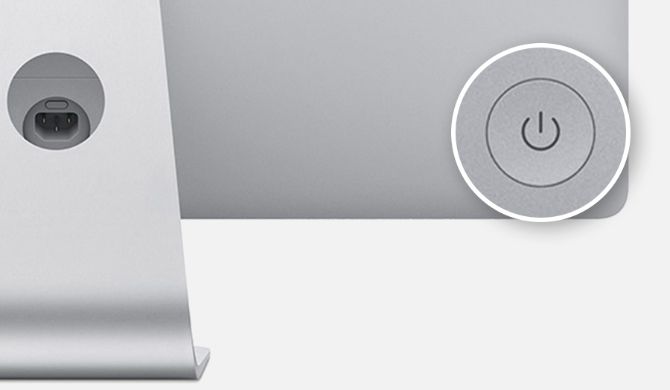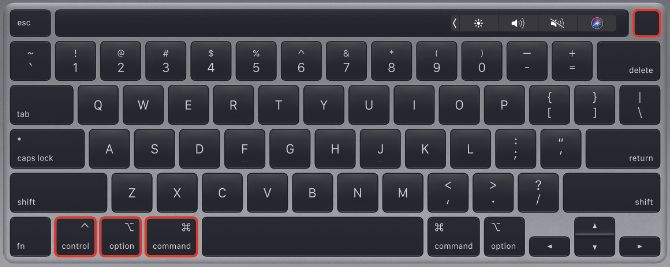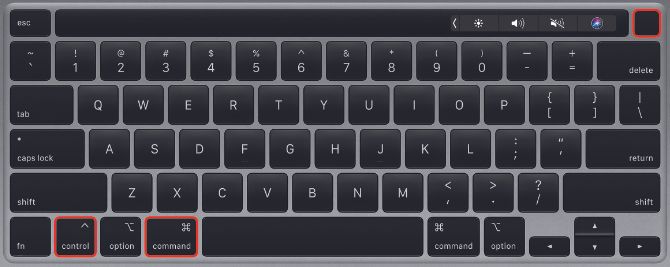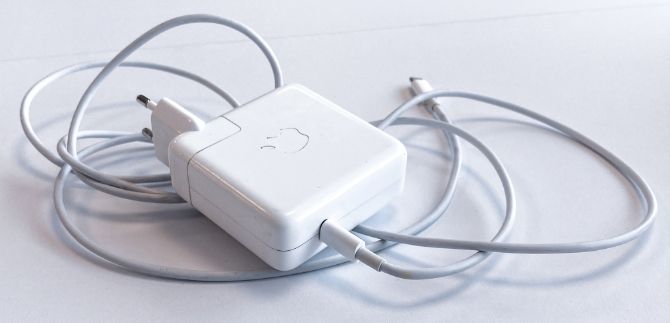Despite the fact that Apple builds some of the most reliable computers around, you might still suffer from a frozen Mac at times. When this happens, apps become unresponsive, the cursor turns into a spinning beach ball, and your computer starts to overheat.
We'll show you how to fix your frozen Mac with a force shutdown. Unlike a standard shutdown or restart, a force shutdown powers off your Mac without letting it save files or close down apps first. You also might hear this referred to as a hard reset, a force restart, or a force reboot.
Before You Force Shut Down Your Mac
You should only use a force shutdown on your Mac as an absolute last resort. It can cause you to lose unsaved progress in open documents and might even result in corrupted files in your operating system.
It's a particularly bad idea to force shut down your Mac during a software update, which might leave your Mac with only half an operating system installed.
PROMOTION:
Try using CleanMyMac X to make sure your computer never freezes. Easily scan and remove junk files, check for malware, free up RAM, and optimize your Mac in the best ways possible.
If possible, try to shut down your Mac normally by opening the Apple () menu and clicking Shut Down from the menu bar. This is much safer, but you might find your Mac takes a long time to shut down if it needs to finish updates or close down apps first.
If your Mac won't shut down normally, use the following steps to reduce the risk of data loss before forcing your Mac to shut down.
Save Open Files
Your Mac is most likely to freeze when you're working on a big project. If this is the case, you don't want to lose any unsaved progress by forcing your Mac to shut down too soon.
Try to save each of your open files by pressing Cmd + S or selecting File > Save from the menu bar. If possible, you may want to make a new Time Machine backup before restarting.
If your Mac is frozen and you can't save anything, take a photo of your work in progress on your phone so you can recreate it later. Obviously, this isn't ideal, but it's better than losing your work forever.
Eject External Storage Devices
Forcing your Mac to shut down doesn't give it a chance to safely eject external drives. Whether you use these drives for Time Machine backups or external storage, ejecting them unsafely might cause irreparable damage to their data.
To eject your external storage devices safely, go to your Desktop and drag the external drive to the Trash icon in the Dock. Alternatively, open Finder and click the Eject button next to your drive in the sidebar.
Quit Every App
If your Mac won't shut down normally, it's probably because one of your apps has frozen and refuses to quit. You can help matters by manually closing each app yourself. There's a chance that doing this will unfreeze your Mac so you don't need to force it to shut down or restart after all.
Press Cmd + Q to quit your current app or click the app name in the menu bar and select Quit [App]. Cycle between your open apps using Cmd + Tab to find out which other apps are still running.
You can force quit Mac apps if any of them refuse to quit normally. Press Option + Cmd + Escape to open the Force Quit window. Select the unresponsive app in this window, then click Force Quit to close it down.
After closing every app, try to shut down your Mac normally using the Apple () menu. If you still can't do that—or if you can't close every app—then find out how to force shut down or restart your Mac below.
How to Force Shut Down or Restart Your Mac
If your Mac is frozen and completely unresponsive, the only way to fix it is using a force shutdown or force restart. The methods for how to force shut down or restart your Mac are exactly the same for a MacBook Pro, MacBook Air, iMac, Mac mini, or any other kind of Mac, whether it uses an Apple silicon or Intel chip.
Here are the three different ways to do it.
1. Hold the Power Button
Every Mac has a power button. On a laptop—like a MacBook Pro or MacBook Air—you usually find it at the top-right of your keyboard or Touch Bar. It may have a power symbol or an eject symbol on it, or it may be a blank Touch ID sensor.
On an iMac, you'll find the power button behind the bottom-left corner of the screen. If you're looking at the back of your iMac, it's on the bottom-right. On a Mac mini, it's a small button on the back.
To force shut down your Mac, press and hold the power button until the screen goes black. This might take 10 seconds or more; just keep holding the button. After your Mac shuts down, wait a few moments to let it cool down, then briefly press the power button again to restart it.
If the screen was already black when you started, keep holding the power button until the Apple logo appears.
2. Use a Keyboard Shortcut
There are two keyboard shortcuts you can use to shut down your Mac: the first shortcut attempts to safely close apps first, while the second forces your Mac to shut down without closing anything. Because of this, it's best to try the first shortcut first.
To safely shut down your Mac, press Control + Option + Cmd + Power. Don't hold down the power button or you'll force shut down your Mac; give it a brief press with the other buttons instead.
That shortcut might not work if your Mac can't safely close every app, in which case you need to force your Mac to shut down instead. Press Control + Cmd + Power (without Option) to do so. This time you need to hold the keys for a few seconds before your Mac will shut down.
3. Drain the Battery
Even when your Mac is frozen, you can usually force it to shut down using one of the two methods above. Still, there are some rare situations when they don't work either.
If that's the case, the next best method is to remove the power supply or drain the battery. Again, it's important to know that powering off your Mac this way is potentially damaging. You might lose unsaved data or, worse, you might create corrupt files on your hard drive which will result in even bigger problems with your Mac.
You should only remove the power supply from your Mac as a last resort.
If you have a MacBook, a MacBook Air, or a MacBook Pro, unplug the power cable and wait for the battery to die. You might need to wait overnight for this to happen, depending on the health of your battery. But eventually your Mac will power off. When it does so, charge it back up and turn it on.
With older MacBook models, you can remove the battery from the bottom of the computer instead. This is a quicker way to force your MacBook to shut down.
If you have an iMac, a Mac mini, a Mac Studio, or any other desktop Mac, simply unplug the power cable from the back of the computer. Wait a few moments to let your Mac cool down, then reconnect the power cable and power it back on.
Find Out What to Do if Your Mac Won't Turn On Again
Most of the time, your frozen Mac should boot up again normally after forcing it to shut down or restart. Any apps that weren't working should run smoothly and you can carry on with whatever important projects you were working on.
That said, your Mac might refuse to boot up again if an underlying problem caused it to freeze in the first place. Potential problems range from outdated software to faulty hard drives. Luckily, you can fix a lot of these yourself.


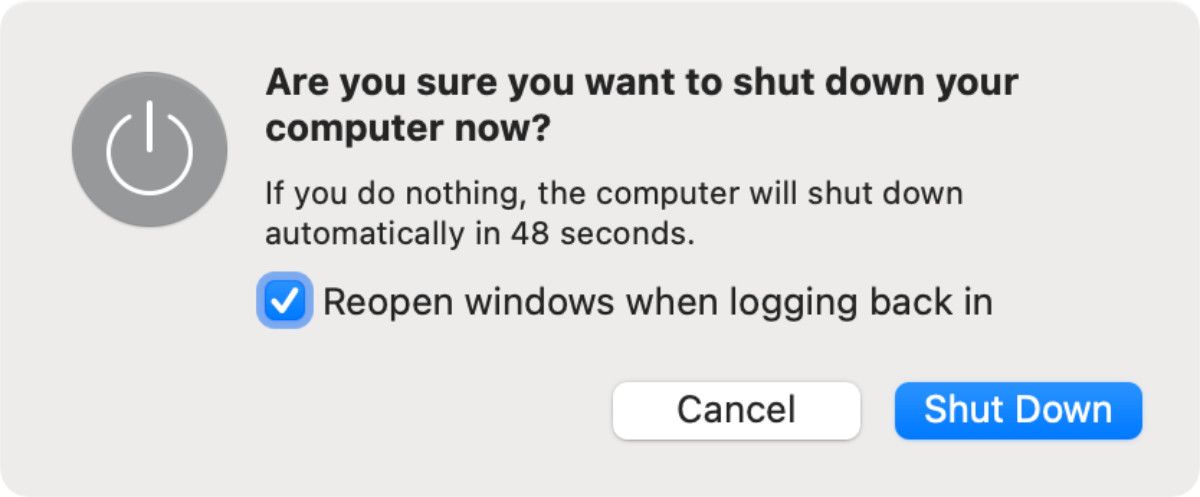
.png)
